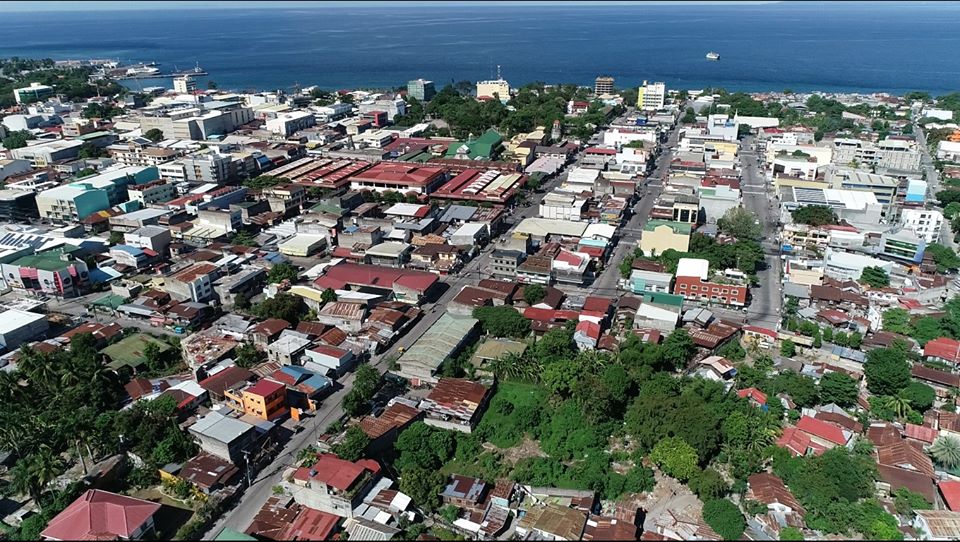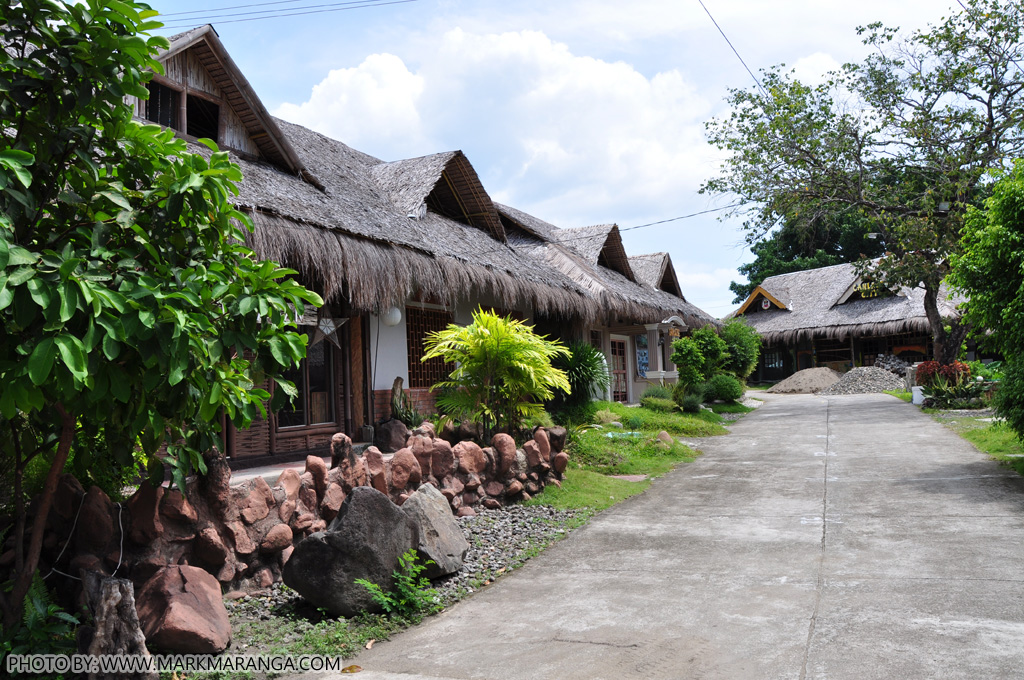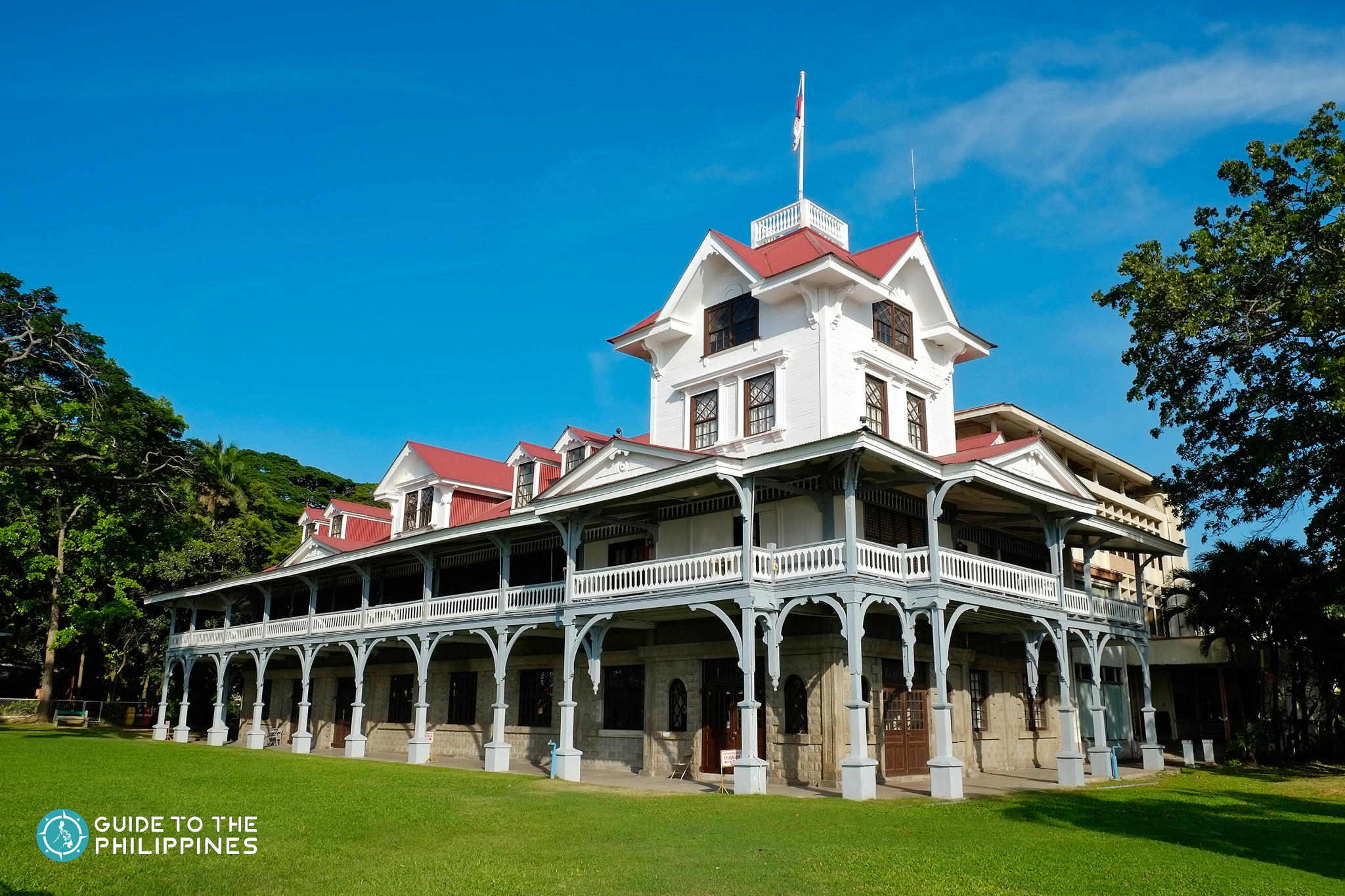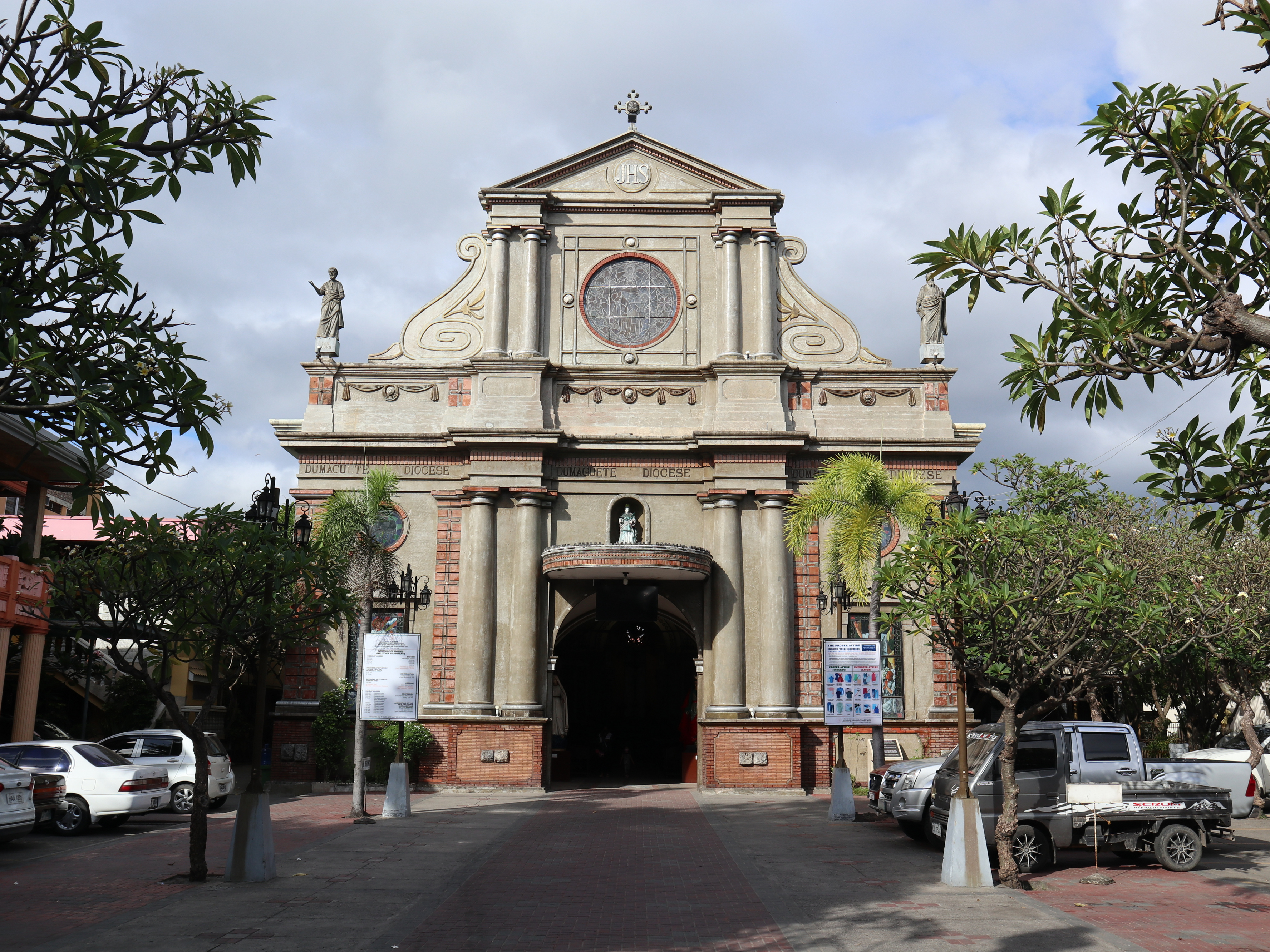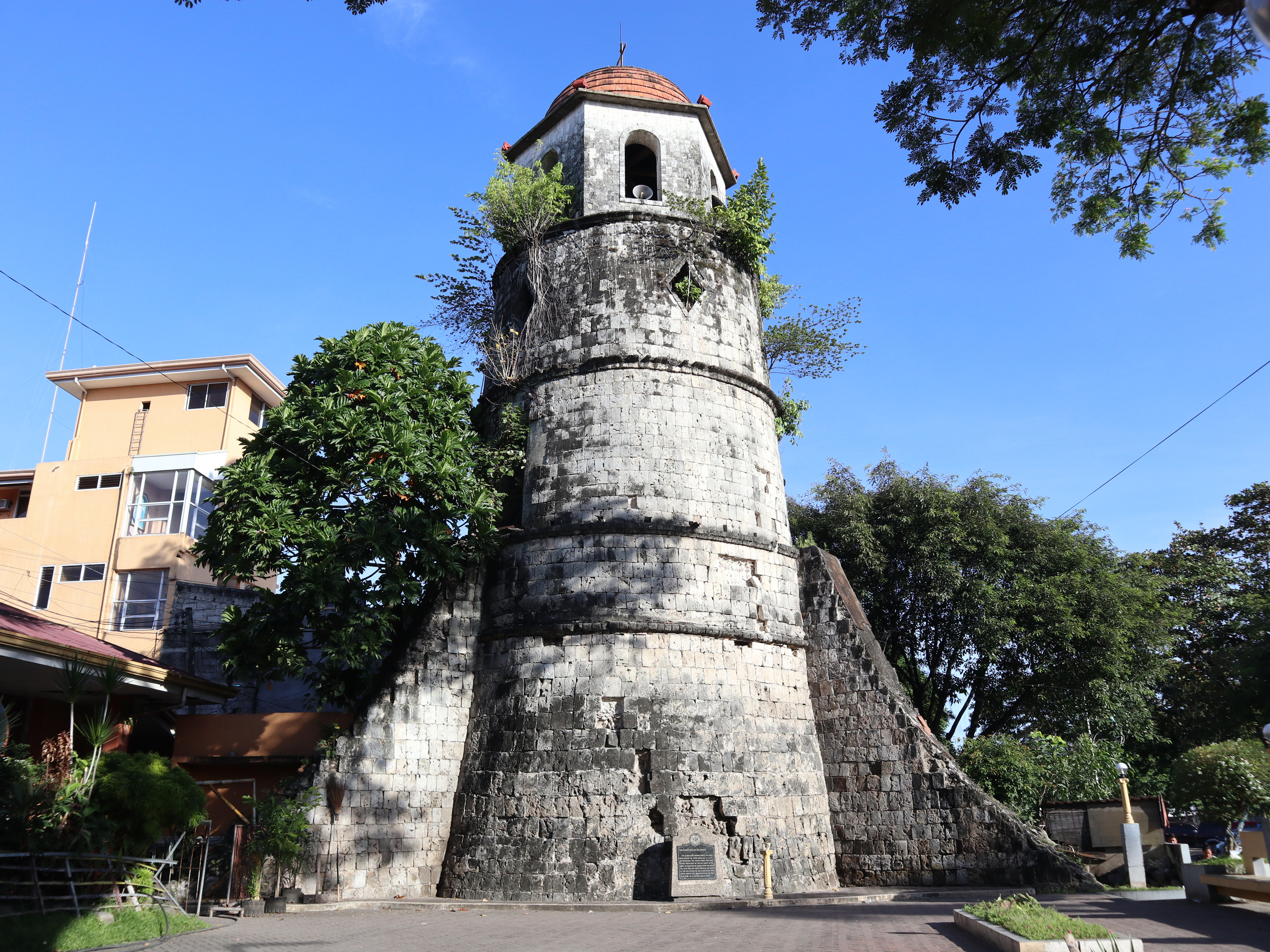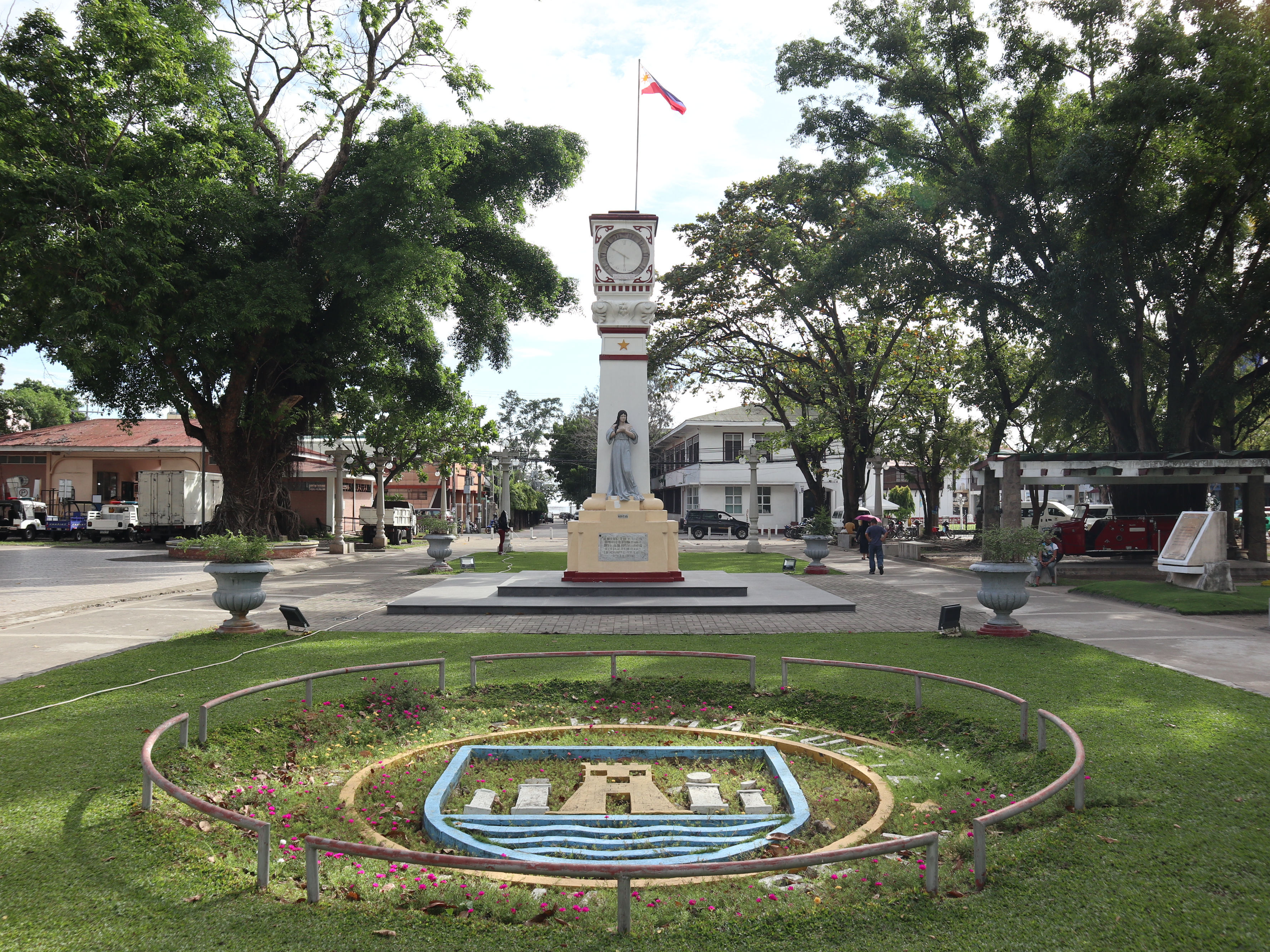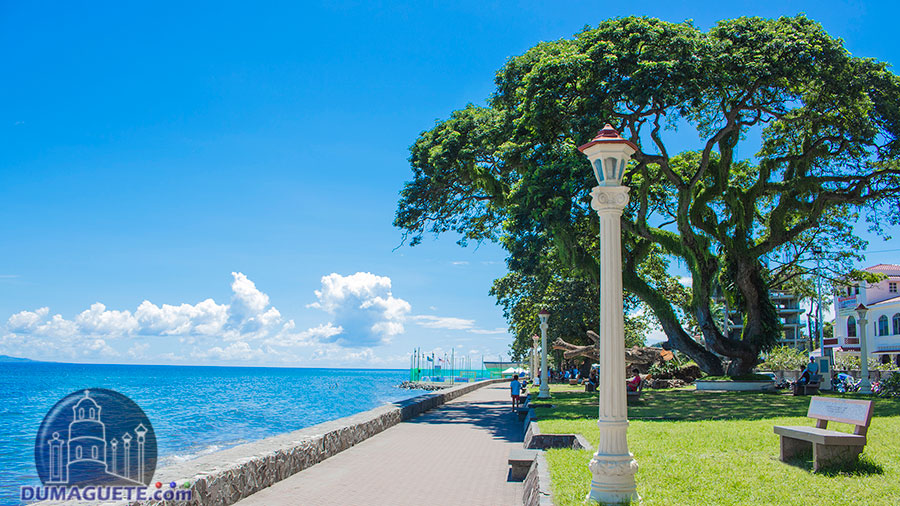Welcome to Dumaguete City in Negros Oriental, and welcome to Anthro on Foot's walking tour! This is a
self-paced walking tour that features key heritage sites and cultural highlights in the area. We hope you
enjoy this tour
as much as we enjoyed curating it!
Dumaguete City was originally settled by datus (or local leaders) from Borneo, an area presently
shared by the Malaysian states of Sabah and Sarawak, Indonesian Kalimantan, and the tiny nation of
Brunei, who exiled themselves into the newly established Kedatuan of Madja-as.
The Kedatuan of Madja-as, also known as the Confederation of Madja-as, was a precolonial polity in
the Visayan region of the Philippines. It is considered one of the early organized political
entities in the archipelago.
Madja-as also once encompassed parts of present-day Panay Island, including Aklan, Antique, Capiz,
and Iloilo. Each confederation was led by a local ruler known as a "Rajah" or "Datu." The leaders of
these chiefdoms often held considerable autonomy within their territories.
Over time, Dumaguete fell under the influence of the nearby Rajahnate of Cebu, also adopting within
its sphere the Cebuano language, culture, and customs.
The arrival of the Spanish marked the beginning of a new era for Madja-as. The Spaniards introduced
Christianity, imposed colonial administration, and significantly altered the political and cultural
landscape of the Visayan islands.
The name "Dumaguete" finds its origin in the Cebuano term "dagit," meaning "to snatch." The term
"dumaguet," denoting "to swoop," emerged due to frequent conflicts between the Spanish and Moro
forces. Thus, in 1572, Diego López Povedano, part of the Spanish expedition, referred to the place
as Dananguet. However, cartographer Pedro Murillo Velarde utilized the present name Dumaguete for
the settlement in 1734. The slight difference in the name remains a mystery but could be attributed
to a typographical error.
